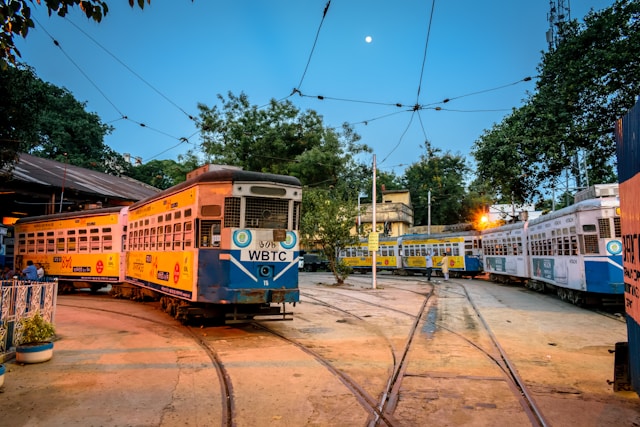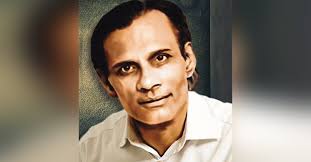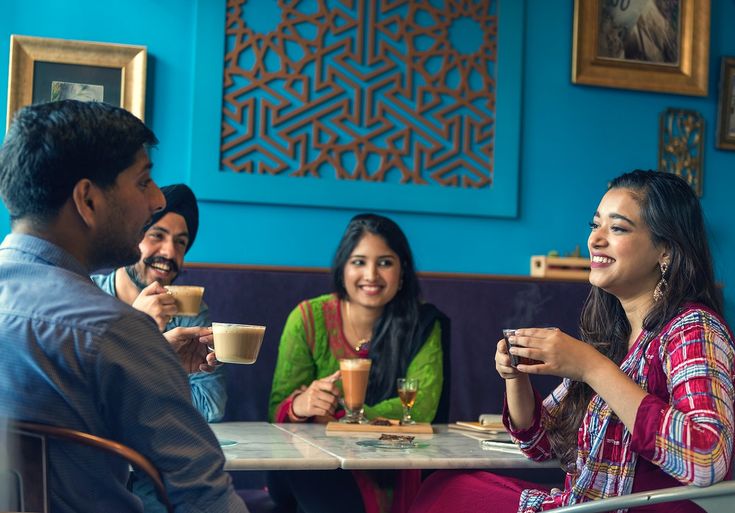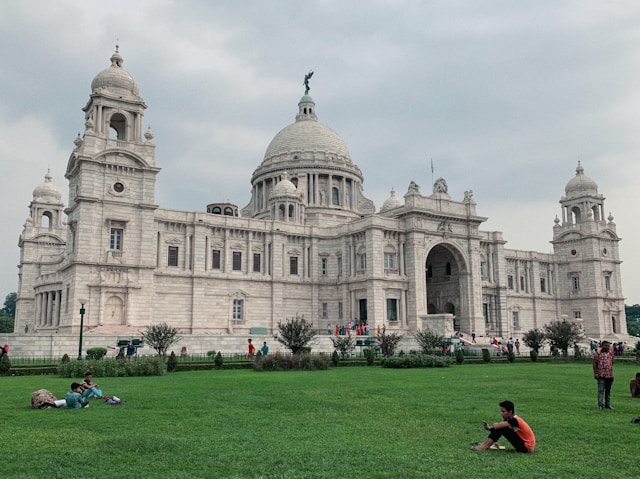The Life of the Last Tram: Kolkata’s Moving Heritage on Rails
Kolkata is not just a city-it’s a living archive. Every street, every corner breathes with history. And tucked between honking buses and rushing autos glides a quiet survivor of the past: the tram.
If you’re ever near Esplanade or Gariahat, pause for a moment when you hear the soft clang of a bell. That’s not just a sound-it’s a memory still alive.
You may not know their names, but the people who keep this network running-the drivers, the conductors, and the few loyal passengers-are carrying forward a legacy over a century old.
Kolkata introduced trams in 1873, first pulled by horses and later electrified in 1902, making it the oldest operating electric tram system in Asia.
My first tram ride was in class 7. I took the ride from Khidirpur to Mominpur. Although it was not a long ride but it felt as if I was time traveling those wooden seats, the metal car my fellow passengers, at that very moment a part of me was feeling very blessed that I was able to enjoy a piece of history, a heritage that has a place in the heart of the city. I didn’t knew at that time that it will also be my last ride on tram in that very route. After that in my college life I had many tram rides from College Street to Esplanade but they were modernised trams the AC cars and glassed windows never felt the same as my first ride .
Today, only a handful of routes still operate-slow, steady, and almost forgotten amidst flyovers and metro lines. Yet, for many, the tram is more than just transport-it’s a companion.
At the Tollygunge Depot, I met Shyamal, a tram driver who has been steering these wooden carriages for over 30 years.
“I’ve driven everything-bus, taxi-but nothing feels like this,” he says with quiet pride. “Others drive fast. Tram moves with patience.”
At the back stands Ratan, the conductor, still wearing the classic ticket pouch. He smiles as he hands out paper tickets-rare in today’s world of QR codes.
“Passengers are fewer now,” he admits. “But those who come, come with love. Some even ride just for old memories.”
Not everyone on board is elderly. I met Aparna, a college student, earphones in hand but eyes fixed outside the window.
“When I take the tram, I don’t scroll,” she says. “I just watch the city pass by-bookstores, tea stalls, old balconies. It feels peaceful.”
Then there’s Haripada, a 72-year-old retired schoolteacher who travels by tram every Sunday.
“Bus jolts,” he laughs. “Tram sings.”
Unlike fuel-based vehicles, trams run on electricity and glide along steel tracks, producing no smoke and minimal noise.
Their motors don’t roar-they hum. Their brakes don’t screech-they hiss gently. The engineering is simple but enduring-proof that sustainability existed long before it became a trend.
Plans for revival are being discussed. Some trams are being modernized with AC coaches, while others are being converted into café trams and heritage tours.
Yet, regular routes continue to face cuts. Metro pillars rise, bridges expand, and the tram tracks disappear quietly beneath concrete.
The Kolkata tram is not just a mode of transport-it’s living history still moving among us. It has carried revolutionaries, office-goers, lovers, and dreamers.
And even today, in an age racing for speed, it teaches one simple lesson:
Progress doesn’t always mean rushing-sometimes, it means remembering.
Before the last bell rings, take a ride. Not to reach somewhere-but to feel where we came from.




